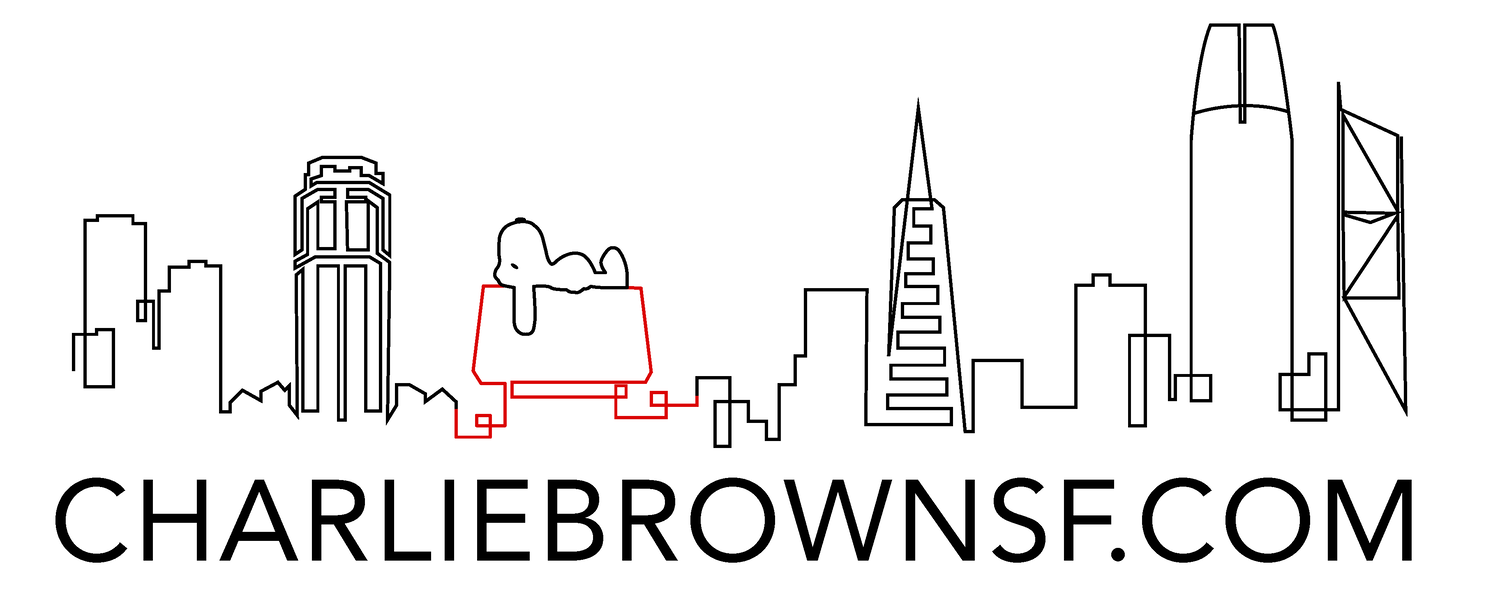What Smart Buyers and Investors Should Know About HOA Fees
When you’re eyeing a property—whether it’s your dream home or your next investment—you’re likely focused on mortgage rates, price per square foot, ROI, and maybe even renovation costs. But there’s one often-overlooked expense that can make a real difference to your budget and long-term gains: Homeowners Association (HOA) fees.
HOA fees are common in many residential communities, especially newer developments and upscale neighborhoods. If you're buying in areas like San Francisco’s planned communities or luxury enclaves in Redding, you’ll likely encounter them. Here’s what you need to know to make a smart, informed decision.
Why HOAs Exist—and What You Get for the Cost
An HOA is essentially a governing body for a neighborhood or condo complex that maintains shared spaces, enforces community standards, and provides amenities. The fees you pay fund those services. Whether they’re worth it depends on your goals.
Here’s why many residents and investors consider them a solid value:
✅ Community Maintenance
HOAs typically cover landscaping, lighting, pest control, snow removal, and general upkeep of common areas. For investors, this means less micromanagement and more curb appeal—something that directly supports rental value and resale pricing.
✅ Amenities That Add Real Value
Luxury developments often offer pools, fitness centers, gated access, co-working spaces, and more—all maintained by the HOA. That’s a value-add for tenants and buyers alike, and it can help reduce other personal or property management expenses.
✅ Protecting Property Values
By enforcing appearance and maintenance standards, HOAs help prevent neglected properties from dragging down values. This is especially important if you're buying into a long-term growth area or planning to resell in a few years.
✅ Reduced Responsibility
In many townhome and condo communities, the HOA handles exterior maintenance, roof repairs, and even insurance on common structures. For investors, that means less overhead and fewer unexpected expenses.
HOA Fees Are Increasingly Common—Especially in New Developments
According to recent reports, over 80% of new single-family homes in the U.S. are now part of an HOA. That’s true here in California as well. In areas like San Francisco, where space is tight and master-planned communities are growing, HOA fees are practically standard.
Even older properties in desirable neighborhoods may fall under HOA governance—especially if they’re part of a larger subdivision or condo association. In 2024, about 4 in 10 homes nationwide had an HOA.
Budgeting for HOA Fees
HOA fees vary widely. In California, you might see fees as low as $100/month in a smaller town or as high as $1,000/month in a luxury high-rise with concierge services. On average, expect something around $125–$400/month in most suburban neighborhoods.
The key is understanding what the fee covers. Some HOA fees include water, trash, insurance, and major repairs. Others cover little more than landscaping and signage. Always read the fine print.
As Realtor.com’s Chief Economist Danielle Hale puts it:
"When considering a home with an HOA, buyers should work to understand what benefits it provides like maintenance, security, or communal amenities, and how the HOA fees factor into their overall budget."
The Bottom Line: Is an HOA Worth It?
If you're investing in a high-end property, flipping a home in a planned community, or buying your forever home, HOA fees might feel like a nuisance—but they can also be a safeguard and value-booster. For buyers who prioritize aesthetics, minimal maintenance, and resale value, an HOA can be a smart move.
But if you prefer total control over your property or are focused on minimizing ongoing costs, you may want to target non-HOA neighborhoods or smaller communities.
Let’s talk about your goals—whether you're investing, buying, or building. I’ll help you weigh the pros and cons of each neighborhood and HOA structure so you can make the best decision for your lifestyle and bottom line.



